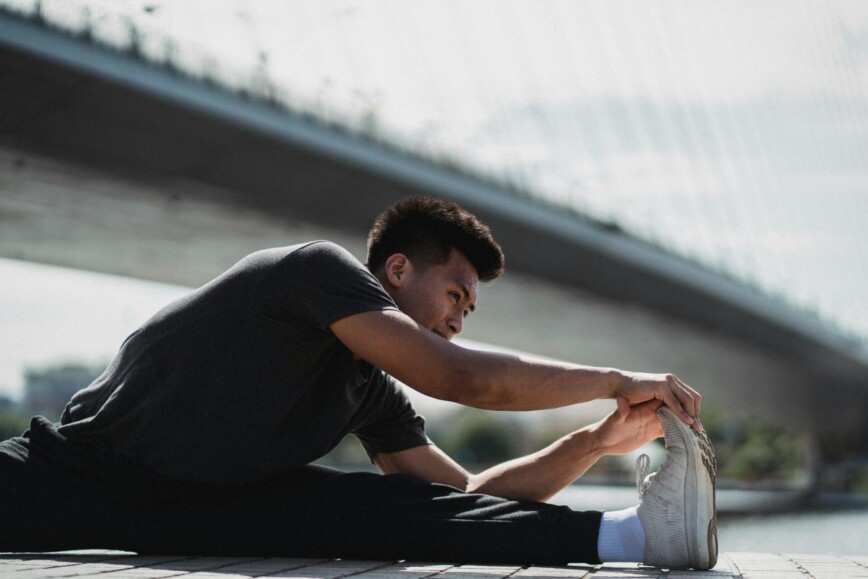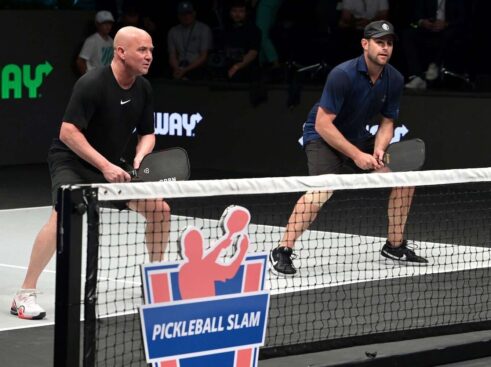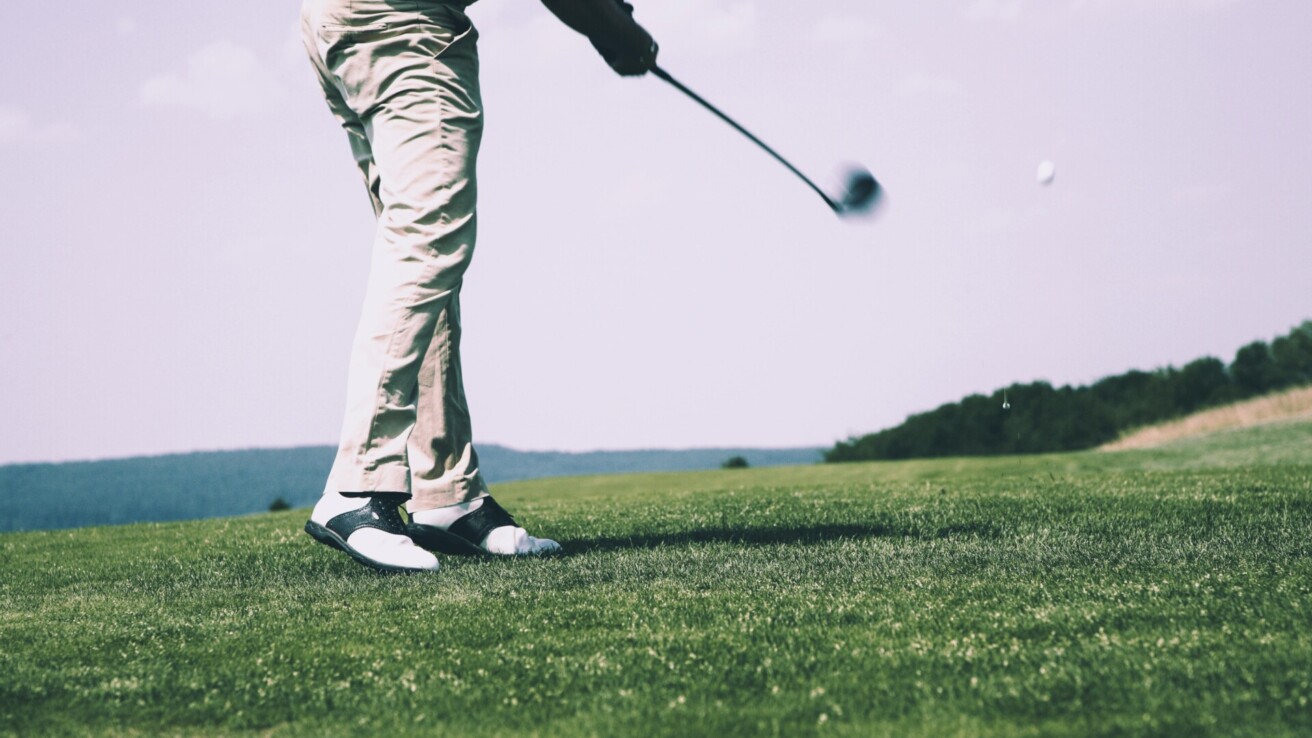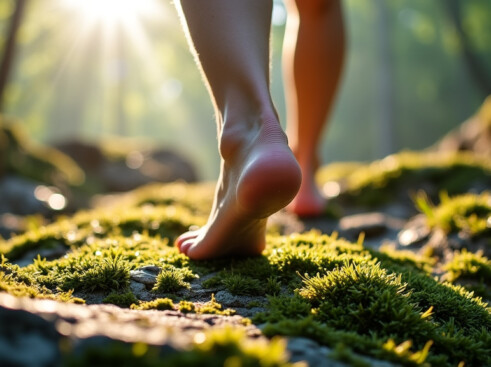Have you ever felt intimidated by high-intensity workouts that leave your joints aching and muscles strained? You’re not alone. Many people are discovering the benefits of low impact sports – activities that deliver impressive fitness results while being gentle on your body.
Whether you’re recovering from an injury, managing joint sensitivity, or simply seeking a more sustainable approach to fitness, low impact sports offer an ideal solution. These activities provide the perfect balance of effectiveness and accessibility, allowing you to build strength and endurance without the jarring effects of high-impact exercises.
From the fluid motions of swimming to the meditative practice of tai chi, low impact activities offer diverse ways to enhance your fitness journey. These exercises aren’t just easier on your body – they provide significant benefits for your heart health, muscle strength, and overall well-being.
Ready to discover how you can achieve your fitness goals while protecting your joints? Let’s explore the gentle yet effective world of low impact sports that can enhance your approach to exercise and help you maintain optimal health for years to come.
Yoga and Pilates: Flexibility and Strength Combined

These ancient and modern practices offer distinct yet complementary approaches to achieving peak physical and mental wellness. Yoga’s centuries-old wisdom and Pilates’ systematic core strengthening each bring unique benefits to practitioners seeking holistic fitness.
Understanding the Core Differences
Yoga emerged from ancient Indian traditions as more than just exercise – it’s a complete lifestyle philosophy incorporating meditation, breathwork, and physical postures. Its diverse styles range from gentle stretching to vigorous flowing sequences.
Pilates, developed in the early 20th century, takes a more targeted approach focused on precise movements to build core strength and improve posture. The practice employs both mat work and specialized equipment to achieve controlled, fluid motion.
While both enhance flexibility, yoga emphasizes mindfulness and spiritual wellbeing, whereas Pilates concentrates on physical conditioning and core strength. This distinction shapes how each practice approaches movement and breathing techniques.
Mental and Physical Benefits Combined
The mindful nature of both practices delivers significant stress-relief benefits. Yoga’s meditative elements promote emotional balance and inner peace, while Pilates’ focus on controlled movement enhances body awareness and mental clarity.
From a physical perspective, yoga excels at increasing overall flexibility and balance through sustained poses. Its varied positions work multiple muscle groups simultaneously while improving joint mobility and range of motion.
Pilates shines in developing core strength and stability through precise, targeted exercises. The practice’s emphasis on proper alignment helps correct postural issues and reduce chronic pain patterns.
Creating a Balanced Practice
Many fitness enthusiasts find that combining yoga and Pilates provides comprehensive mind-body benefits. The flexibility gained through yoga complements the core strength developed in Pilates, while both practices enhance overall body awareness.
| Aspect | Yoga | Pilates |
|---|---|---|
| Origin | Ancient Indian traditions | Early 20th century by Joseph Pilates |
| Focus | Flexibility, mindfulness, spiritual well-being | Core strength, physical conditioning |
| Approach | Meditation, breathwork, physical postures | Precise movements, core strengthening |
| Physical Benefits | Improves flexibility, balance, joint mobility | Develops core strength, improves posture |
| Mental Benefits | Stress relief, emotional balance, inner peace | Body awareness, mental clarity |
| Practice Types | Gentle stretching to vigorous sequences | Mat work and specialized equipment |
Whether you’re seeking stress relief, improved posture, or increased strength and flexibility, both practices offer accessible entry points for beginners. Start with basic classes to learn proper form and breathing techniques.
Remember that consistency matters more than intensity. Regular practice of either discipline – or both – will progressively enhance your physical capabilities while fostering mental clarity and emotional balance.
Walking and Nordic Walking: Simple Yet Effective
Walking stands out as nature’s perfect exercise – accessible, free, and remarkably effective. A brisk 30-minute daily walk can reduce your risk of heart attack by 30%, making it one of the most powerful yet understated forms of physical activity.
What makes walking truly remarkable is its gentle impact on joints while delivering substantial cardiovascular benefits. Whether you’re strolling through your neighborhood or power walking during lunch breaks, your body reaps the rewards without the strain associated with high-impact exercises.
According to Mayo Clinic Health System, walking can help control blood pressure, manage weight, and improve balance while strengthening your core.
Elevating Your Walk with Nordic Poles
Nordic walking enhances the simple act of walking by incorporating specially designed poles. This Finnish-origin exercise engages up to 90% of your body’s muscles, compared to regular walking’s focus on lower body movement.
The beauty of Nordic walking lies in its ability to increase cardiovascular intensity without feeling like you’re working harder. Your heart rate elevates naturally as your upper body joins the workout, creating a more comprehensive exercise experience.
Research shows Nordic walking can burn up to 20% more calories than traditional walking, while the poles help redistribute weight and reduce joint stress – ideal for those managing arthritis or joint concerns.
| Walking Type | Calorie Burn Increase | Muscle Engagement |
|---|---|---|
| Normal Walking | 0% | Primarily lower body |
| Nordic Walking | Up to 46% more | Engages up to 90% of muscles, including upper body |
Integrating Walking Into Your Daily Life
Creating a sustainable walking routine doesn’t require dramatic lifestyle changes. Start by replacing short car trips with walks to nearby destinations or taking the stairs instead of the elevator.
Try walking during your lunch break or scheduling walking meetings – you’ll find that movement enhances creativity and productivity. Even a quick 10-minute walk after dinner can make a significant difference in your daily activity levels.
For those interested in Nordic walking, begin on flat terrain before progressing to varied surfaces. Remember, proper technique matters more than speed – focus on maintaining good posture and using the poles as natural extensions of your arms.
Golf: Combining Leisure with Low Impact Exercise

Golf transcends the typical workout routine by offering a refreshing blend of physical activity and social connection. A single round of golf can burn up to 500 calories while remaining gentle on your joints and muscles.
The sport’s adaptable nature makes it accessible to people across all fitness levels and physical abilities. Whether you’re walking the course or using a cart, you’ll engage in beneficial low-impact cardiovascular exercise that strengthens your heart without straining your body.
A Natural Path to Better Health
Walking a typical 18-hole course covers approximately 4-5 miles, delivering gentle yet effective cardio exercise. The repetitive motion of swinging clubs engages multiple muscle groups while improving balance and coordination.
Unlike high-impact sports that can stress your joints, golf’s smooth, controlled movements offer a safer alternative for staying active. This approach makes it particularly appealing for those managing joint issues or recovering from injuries.
The outdoor setting of golf courses adds another dimension to the health benefits. Spending time in green spaces while playing golf helps reduce stress and enhance mood, combining physical exercise with natural stress relief.
Social Benefits Beyond Exercise
Golf’s social nature sets it apart from many other forms of exercise. The relaxed pace creates natural opportunities for conversation and connection with fellow players.
Whether you’re networking with business associates or catching up with friends, golf provides an ideal backdrop for meaningful social interaction. These connections contribute significantly to mental well-being and foster lasting relationships.
The sport naturally encourages friendly competition while creating a supportive environment where players learn from each other. This social aspect helps maintain motivation and transforms exercise into an enjoyable leisure activity.
Adapting to Your Skill Level
One of golf’s greatest strengths lies in its flexibility to accommodate different skill levels. Beginners can start at their own pace, focusing on basic techniques while gradually building strength and endurance.
More experienced players can challenge themselves by walking longer distances, carrying their clubs, or playing more challenging courses. This adaptability ensures that everyone can find their comfort zone while continuing to progress.
The handicap system further levels the playing field, allowing players of different abilities to compete fairly. This unique feature makes golf an inclusive sport where improvement is always possible, regardless of your starting point.
Incorporating Low Impact Sports into Your Routine
Taking the first step toward a low-impact sports routine can transform your fitness journey while protecting your joints and muscles from unnecessary strain. Success comes through thoughtful planning and a gradual approach that builds momentum over time.
Begin by selecting activities that align with your current fitness level and interests. Low-impact options like swimming, cycling, and golf offer excellent ways to improve cardiovascular health and build strength without putting excessive stress on your body.
Set realistic, measurable goals for your new routine. Rather than diving into intense daily workouts, start with 2-3 sessions per week and gradually increase frequency and duration. This measured approach helps prevent burnout and reduces injury risk while building sustainable habits.
Consider combining different low-impact activities to create a well-rounded fitness program. For example, alternate between swimming for cardio, yoga for flexibility, and resistance training for strength. This variety targets multiple aspects of fitness while keeping your routine engaging and enjoyable.
Listen to your body as you establish your routine. While mild muscle soreness is normal when starting new activities, sharp pain or persistent discomfort signals the need to adjust your approach. Remember, consistency matters more than intensity when building a lasting fitness habit.
Track your progress to stay motivated and maintain accountability. Whether you use a fitness app, journal, or simple calendar, recording your activities helps you recognize improvements and adjust your goals as needed. Celebrate small victories along the way – they’re stepping stones to lasting change.
Successfully integrating low-impact sports into your lifestyle requires planning and commitment. Start gradually, set realistic goals, and combine different activities for a well-rounded fitness regimen.
Conclusion: Embrace Low Impact for Long-Term Wellness
Low impact sports offer a sustainable, effective path to achieving fitness goals without sacrificing joint health or risking injury. Whether through the mindful movement of yoga and Pilates, the simplicity of walking, the enhanced challenge of Nordic walking, or the social enjoyment of golf, these activities demonstrate that exercise doesn’t have to be harsh to be transformative.
By thoughtfully incorporating these gentle yet powerful exercises into your routine, you can build strength, improve cardiovascular health, and enhance flexibility — all while protecting your body for the long term. The key lies in consistency, variety, and listening to your body’s signals.
Fitness should be something you look forward to, not something that leaves you feeling worn down. With low impact sports, you can stay active, energized, and injury-free for years to come. Start where you are, enjoy the journey, and let these accessible activities support both your health and your quality of life.






